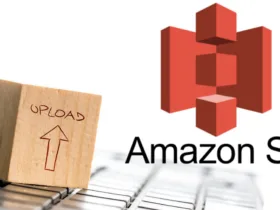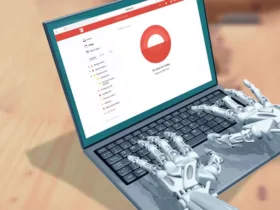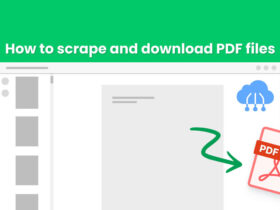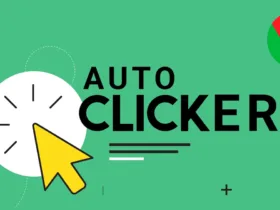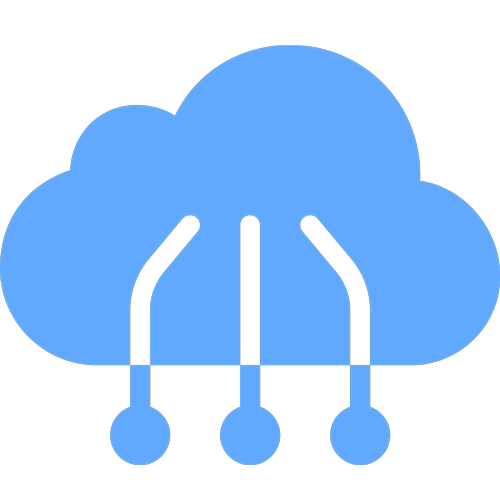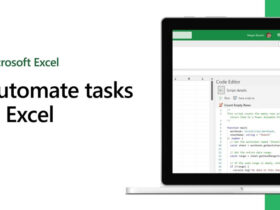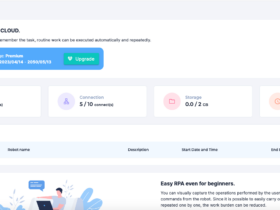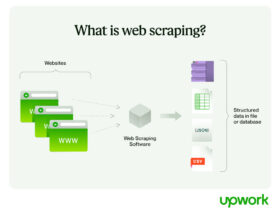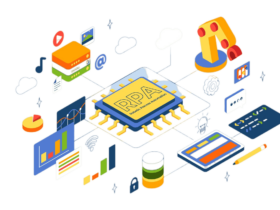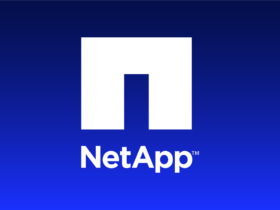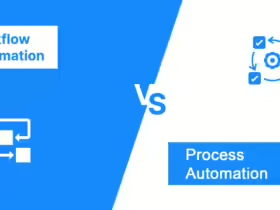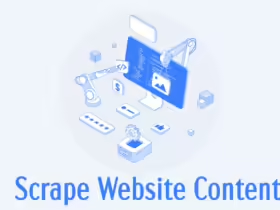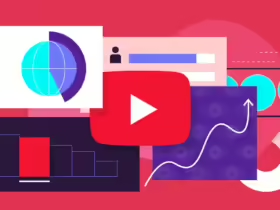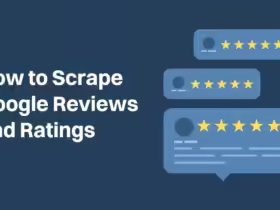Do you want to explore intriguing information about the Facebook Scrape Website? This guide shows you how to scrape Facebook page posts using Python step-by-step.
Companies gather data from Facebook to understand what people think, check out what their competitors are doing, protect their image, or find influential people. However, Facebook doesn’t like scrapers, which are tools that collect this data automatically. It might block you or slow you down.
This guide will teach you how to collect data from Facebook legally, what tools you need for success, and how to avoid getting blocked. We’ll even show you a real example of how to collect data from Facebook pages using Python.
What is Facebook Scrape Website?

Facebook scraping is a way to automatically gather information from Facebook. People usually do this using special tools or by creating their own programs to collect the data. The collected data is then cleaned up and put into an easy-to-read format, like a .json file.
By scraping data like posts, likes, or follower counts, businesses can learn about customer opinions, market trends, their online reputation, and how to protect it.
Is Facebook Scrape Website Legal?
Even though social media companies aren’t fans of web scraping, it’s okay to collect information that’s open to everyone. In 2022, a court said that collecting public data isn’t against the Computer Fraud and Abuse Act.
But that hasn’t stopped Meta (who owns Facebook) from trying to stop people from taking data from their platforms. They’ve even taken some people to court after the new ruling. It looks like Meta wants to keep all the information to themselves.
What Kinds of Data Can You Scrape on Facebook?
The first thing to remember is that you can only scrape data from Facebook that is:
- Publicly available – information anyone can see.
- Not protected by copyright law – meaning you can’t take other people’s work without permission.
- Here are the main types of public information you can find on Facebook:
- Profiles: Recent posts, username, profile link, profile picture link, who the person follows and who follows them, likes, interests, and other public info.
- Posts: Recent posts, date, location, likes, views, comments, and links to text and media (like photos and videos).
- Hashtags: Post link, media link, and the person’s ID who made the post.
- Business Pages: Link, profile picture, name, likes, story, followers, contact info, website, category, username, avatar, type, if it’s verified, and info about similar pages.
If you’re collecting personal information (which is likely), there are more rules you need to follow about the Facebook Scrape Website. For example, you need to tell the person and give them the option to say no. It’s always a good idea to talk to a lawyer to make sure you’re doing everything legally.
Kinds of Facebook Scrape Website Tools?
There are a few Facebook Scrape Website tools to scrape Facebook:
Build your own tool: You can create your own scraper using tools like Selenium or Playwright. These help you control browsers without a screen, which is needed for scraping Facebook. However, Facebook tries to block scrapers, so this is best for people who have some experience.
Use a pre-made scraper: This is easier. For example, Facebook-page-scraper is a Python tool made to get information from Facebook pages. These tools already know how to get and organize the data you need. But, they won’t work without extra tools called proxies, which help hide the scraper from Facebook.
Buy a ready-made scraper: This is the easiest option. There are many options to choose from:
No-code scrapers: These are good if you don’t know how to code. Services like Parsehub, PhantomBuster, or Octoparse let you get data by clicking on things on the screen. They’re great for small projects or simple setups.
Web scraping APIs: These are like pre-made scrapers but are better maintained and have everything you need built-in. You just send requests and save the data you get back. Companies like Smartproxy and Bright Data offer these types of scrapers that can work with Facebook.
How to Scrape Data from Facebook Page?
For our Facebook Scrape Website example, we’ll use a tool called Facebook-page-scraper 3.0.1. It’s written in Python and makes scraping easier because most of the code is already done for you. It also doesn’t limit how much you can scrape, and you don’t need to sign up or use a special key to access it.
Essential Tools
To make the scraper work, you’ll need two things: a proxy server and a headless browser.
Proxy server: Facebook doesn’t like scrapers, so it might limit how many requests you make or block your IP address. A proxy server acts like a mask, hiding your real IP address and location from Facebook. If you need good proxies, we have a list of the best ones for Facebook.
Headless browser: This is a special browser that runs without a screen. We need it for two reasons:
- Loading dynamic elements: Some parts of websites change as you use them, and a headless browser can help us load those parts correctly.
- Avoiding anti-bot protection: Facebook uses tools to stop bots from scraping, but a headless browser can make our scraper look like a regular person using a browser.
Managing Expectations
Before we start coding for Facebook Scrape Website, there are a few things to know:
- This tool can only get information that’s already public on Facebook. We don’t want you to scrape private data, but some people might want to know that this tool is limited to public info.
- Facebook has recently changed some things that affect how our scraper works. If you want to scrape lots of pages or skip the cookie pop-up, you’ll need to make some changes to the tool’s code. But don’t worry, we’ll show you how to do that.
- If you want to learn more about web scraping in general, check out our guide with the best tips and tricks.
Preliminaries
Before scraping , you’ll need Python and a tool called JSON installed on your computer. Then, you’ll need to install Facebook-page-scraper. You can do this by typing this command in your terminal:
pip install facebook-page-scraperNow, let’s make some changes to the scraper so it works better.
First, we need to fix a problem with the cookie pop-up. This pop-up can get in the way of the scraper, so we need to tell it to click “Allow”.
Use this command to find where the files are saved:
pip show facebook_page_scraperOpen the file driver_utilities.py and add this code to the end of the wait_for_element_to_appear section:
allow_span = driver.find_element(
By.XPATH, '//div[contains(@aria-label, "Allow")]/../following-sibling::div')
allow_span.click()The whole code should now look like this:
# ... (rest of the code) ...
allow_span = driver.find_element(
By.XPATH, '//div[contains(@aria-label, "Allow")]/../following-sibling::div')
allow_span.click()If you want to scrape many pages at once, you need to change the scraper.py file. This change will make sure information from different pages is saved in different files.
Move these lines to the init() section and add self. to the beginning:
__data_dict = {}
and __extracted_post = set()After these changes, you’re ready to start the Facebook Scrape Website!


